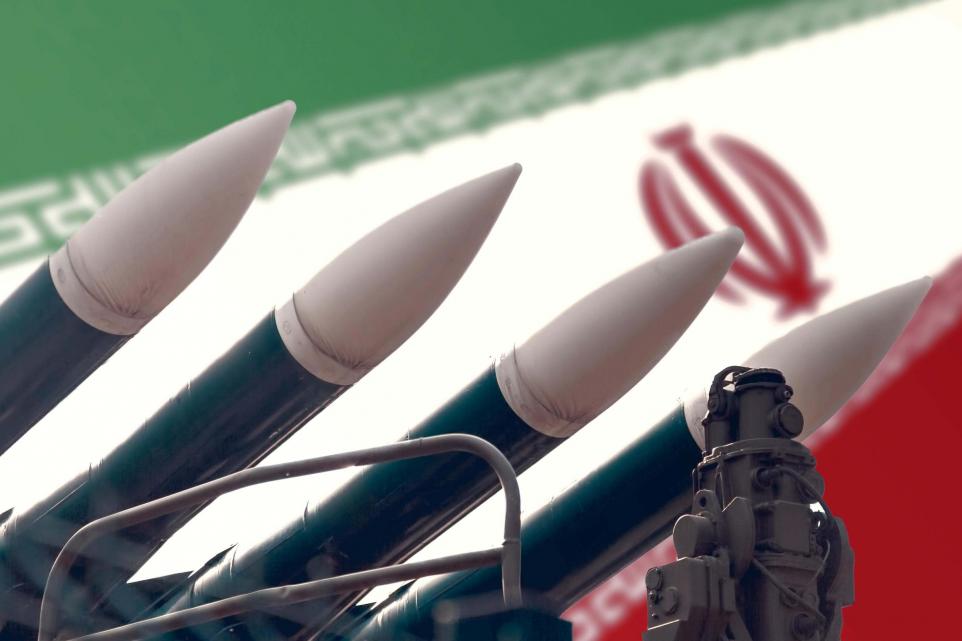
Weapons of Iran Against Israel
As the conflict between Iran and Israel escalates, Iran continues to demonstrate its military capabilities through a mix of missile attacks, drone strikes, and proxy engagements. Moreover, Iran doesn’t just rely on one form of warfare; rather, it combines multiple tactics and technologies to pressure Israel without committing to a full-scale conventional war. In addition, this article explores the major weapons Iran uses to strike against Israel and how it sustains its military pressure in the region.
1. Iran Launches Ballistic Missiles as Its Primary Strike Force
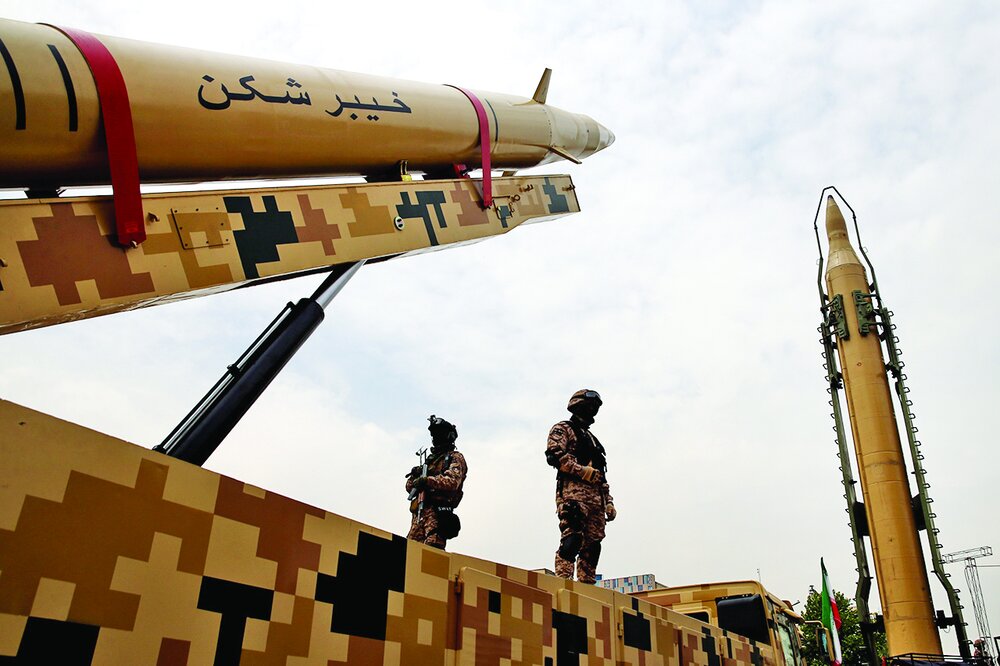
Iran actively develops and deploys one of the largest ballistic missile arsenals in the Middle East. These weapons enable Iran to strike against cities of Israel and strategic targets directly from its territory.
Notable Missiles:
- Shahab-3: Iran uses this long-range missile (up to 2,000 km) to target distant Israeli locations.
- Sejjil-2: Iran deploys this solid-fueled missile for faster launches and higher accuracy.
- Zolfaghar and Fateh-110: Iran uses these for medium-range, precision strikes.
By maintaining a large and diverse missile force, Iran creates a constant threat to Israel’s security infrastructure.
2. Iran Deploys Combat Drones for Precision Strikes
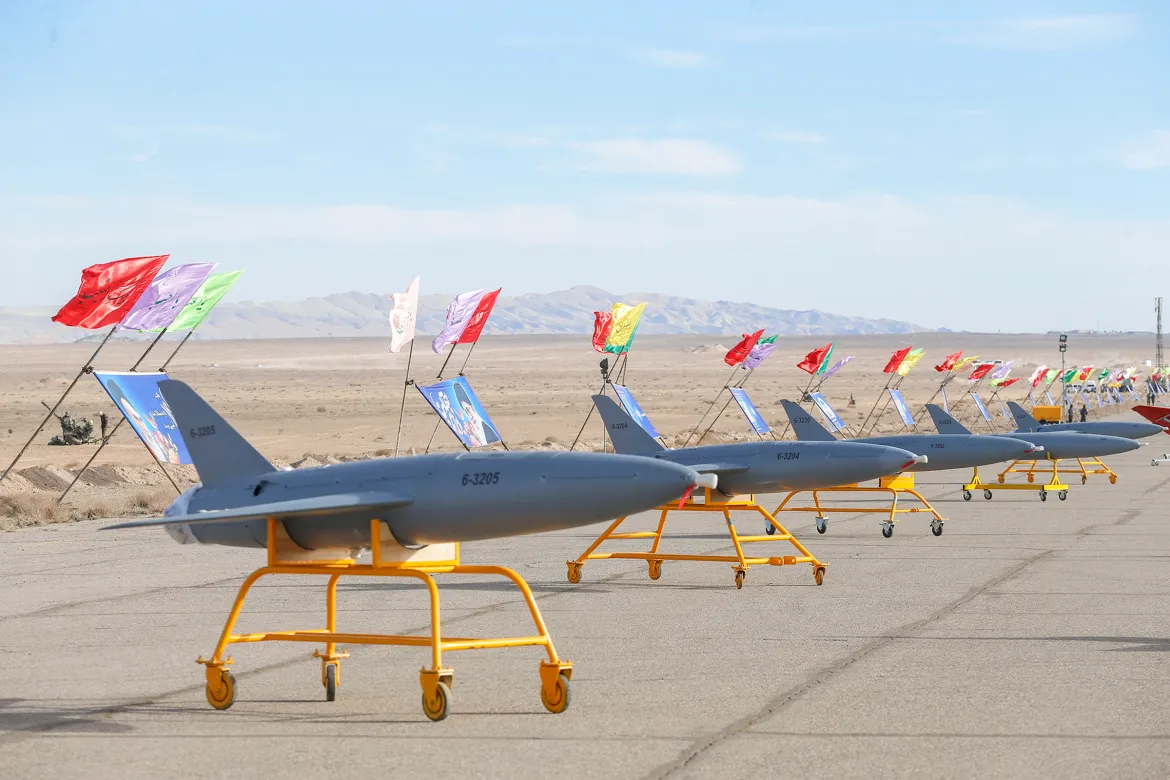
Iran has aggressively expanded its fleet of unmanned aerial vehicles (UAVs). These drones allow Iran to strike Israeli assets with precision while minimizing risk to personnel.
Key Drones:
- Shahed-129: Iran uses this long-endurance drone to conduct surveillance and carry out attacks.
- Shahed-136: Iran supplies this kamikaze drone to proxies for suicide missions on Israeli targets.
- Mohajer-6: Iran frequently flies this drone for tactical operations and missile launches
Iran’s drones provide it with low-cost, high-impact offensive capabilities, especially when operated by its proxies in Lebanon, Iraq, or Gaza.
3. Iran Fires Cruise Missiles for Stealth and Accuracy
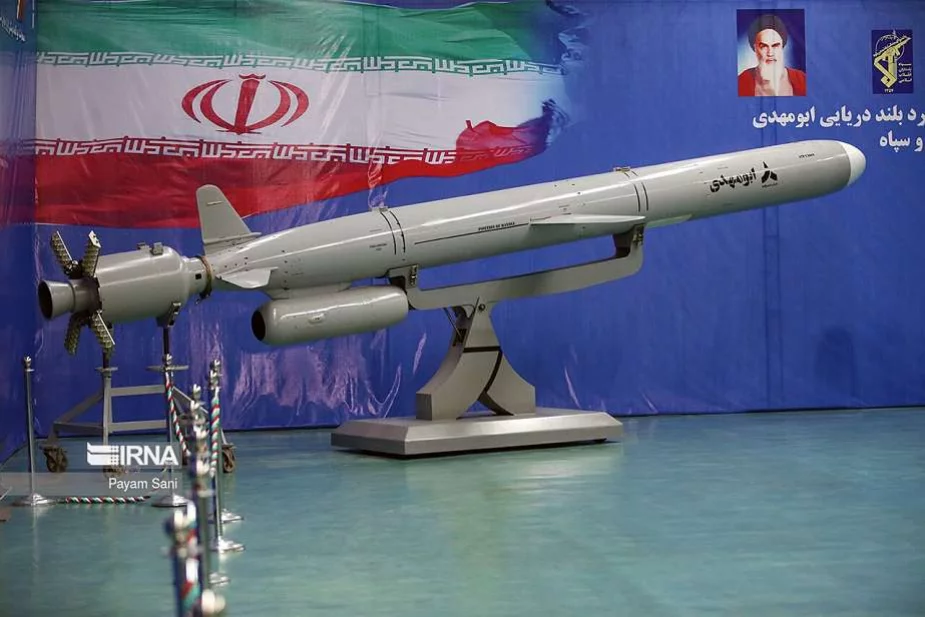
Iran doesn’t rely solely on ballistic missiles. It also fields cruise missiles that fly low and avoid radar detection, enabling surprise attacks on Israeli infrastructure.
Deployed Cruise Missiles:
- Soumar: Iran adapted this missile from Russian designs and can strike targets with long-range precision.
- Quds-1 and Ya Ali: Iran uses these cruise missiles in regional conflicts and supplies them to groups like the Houthis.
By integrating cruise missiles into its arsenal, Iran targets Israeli defense systems and strategic facilities more effectively.
4. Iran Commands Proxy Militias to Attack Israel Indirectly
Iran uses its regional network of proxy militias to launch indirect attacks on Israel. These groups carry out rocket barrages, drone strikes, and cross-border incursions with Iranian funding, training, and weaponry.
Key Proxies:
- Hezbollah: Iran supports Hezbollah in Lebanon, which stores over 150,000 rockets aimed at Israel.
- Hamas and Palestinian Islamic Jihad: Iran arms these Gaza-based groups with rockets, drones, and cash.
- Houthis: Iran helps this Yemeni militia target Israel with drones and cruise missiles.
Iran avoids direct confrontation by enabling these groups to serve as frontline attackers in its war strategy against Israel.
5. Iran Conducts Cyber Warfare Against Israeli Systems
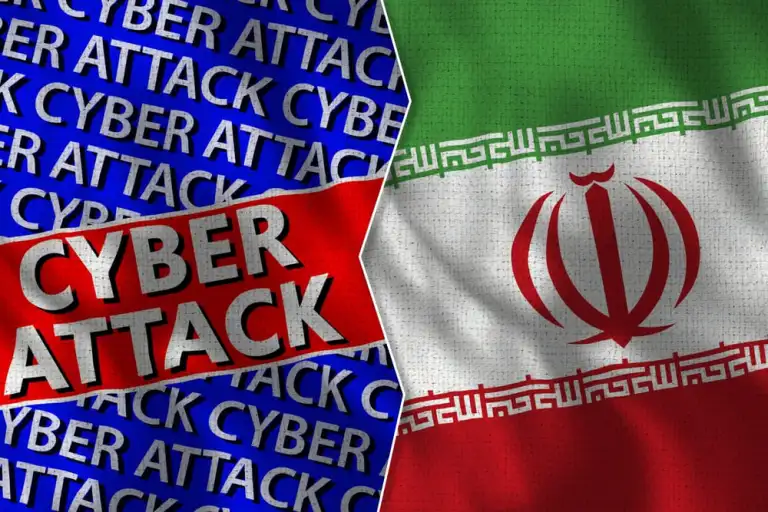
Iran actively uses cyberattacks as a modern weapon against Israel. These attacks allow Iran to disrupt critical infrastructure, spread disinformation, and gather intelligence without launching a physical assault.
Cyber Capabilities:
- Iran targets Israel’s power grids and water systems.
- Iranian hackers attempt to breach Israeli government websites and financial networks.
- Iran spreads fake news campaigns through social media to influence public opinion.
By operating in cyberspace, Iran exerts pressure on Israeli society while maintaining plausible deniability.
6. Iran Operates Naval Forces to Threaten Israeli Shipping
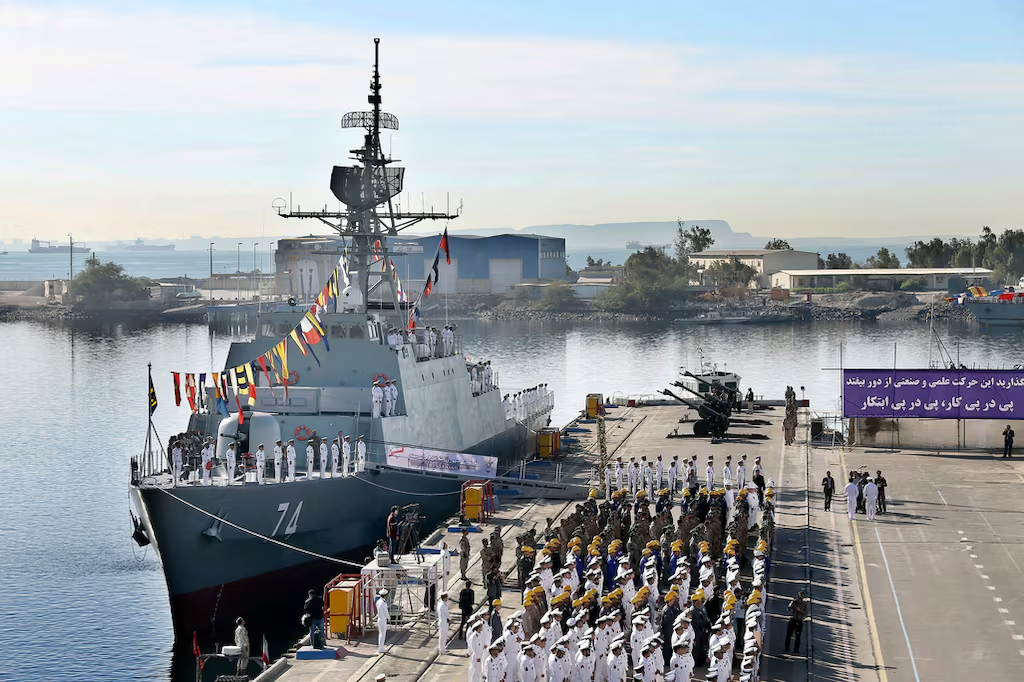
Iran maintains a naval presence in the Persian Gulf and Arabian Sea, which it could use to harass or block Israeli-linked maritime routes.
Naval Weapons:
- Iran deploys fast-attack boats with missile launchers and machine guns.
- Iran installs coastal anti-ship missile batteries such as Noor and Khalij Fars.
- Iranian forces lay naval mines to disrupt shipping lanes.
Though Iran hasn’t directly attacked Israeli vessels, it could escalate by targeting maritime trade routes used by Israel and its allies.
7. Iran Develops Nuclear Capabilities as a Strategic Deterrent
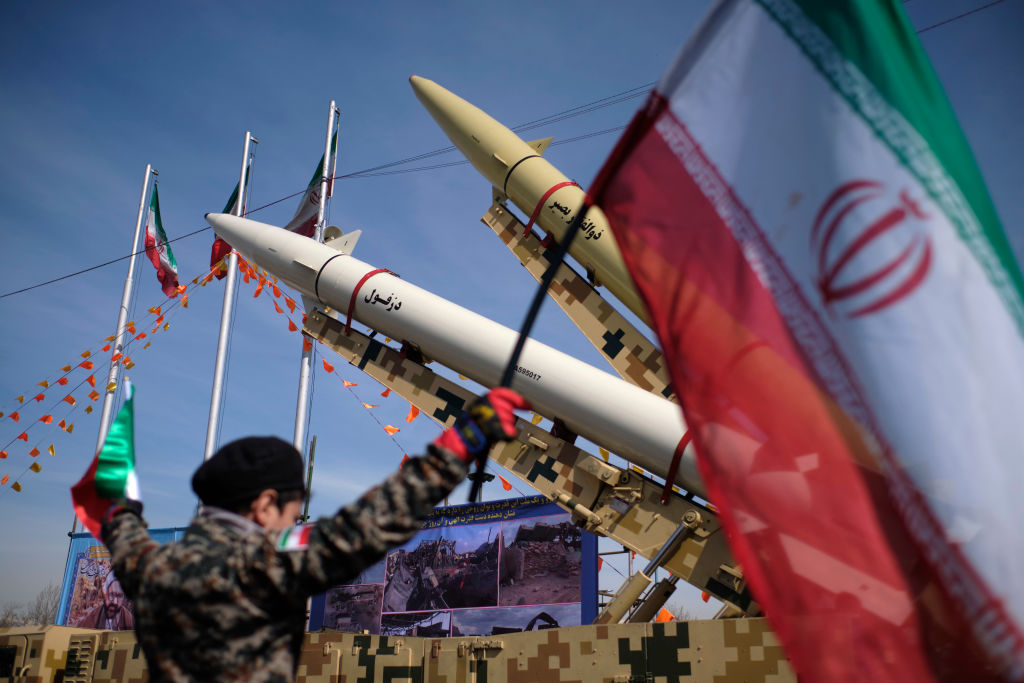
Iran continues to enrich uranium and enhance its nuclear technology, which raises concerns in Israel and the West. Although Iran denies building a bomb, its weapons-grade capabilities grow steadily.
Progress So Far:
- Iran enriches uranium beyond 60%, nearing weapons-grade levels.
- Iran accelerates its centrifuge installations at nuclear facilities like Fordow and Natanz.
- Iran refuses full inspections by the IAEA, limiting transparency.
If Iran completes a nuclear weapon, it will fundamentally alter the strategic balance with Israel and deter any future preemptive strikes.
Conclusion: Iran’s Multi-Layered Arsenal Sustains Its Strikes on Israel
Iran continues to use a multi-dimensional military strategy to strike Israel. Specifically, its arsenal includes ballistic and cruise missiles, drones, proxy militias, cyberattacks, and naval threats. Furthermore, by operating through a hybrid warfare model, Iran sustains pressure on Israel without triggering an all-out war — at least for now.
Moreover, as long as the conflict simmers, Iran’s weapons systems will remain active components of its geopolitical playbook in the Middle East.

